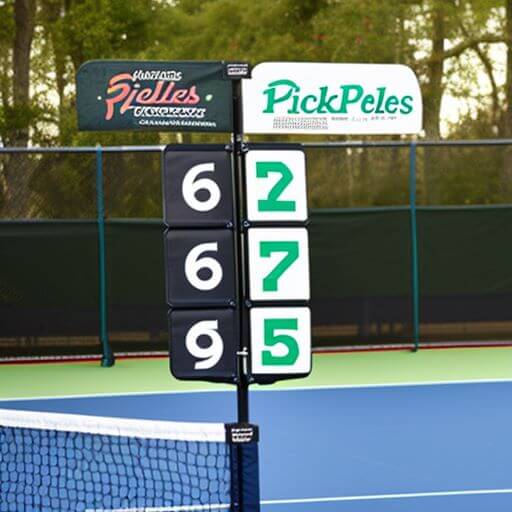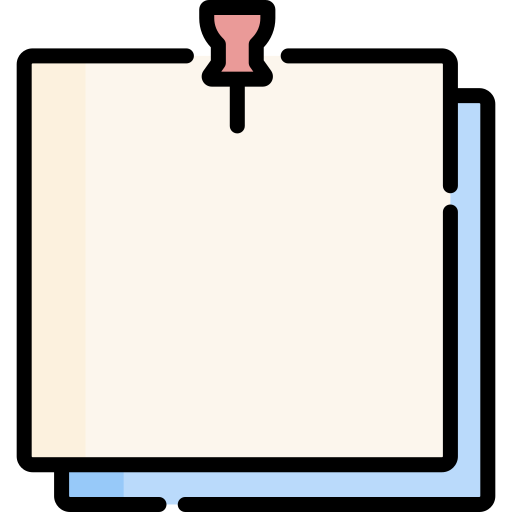
If you’re new to pickleball, then you might not be familiar with the scoring system.or how the game is scored. Like any sport, understanding the scoring system is essential to playing and enjoying the game fairly.
So, how many points do you need to win in pickleball?
In this article, we’ll answer that very question and talk about how to keep score, as well as some common mistakes to avoid when calling out the score.
Scoring in Pickleball
Scoring in pickleball can be confusing for beginners, especially if they come from other racket sports that use rally scoring. Pickleball uses the side-out scoring system, which was also traditionally used by other court sports like tennis and badminton before they moved to rally scoring.
To help you understand side-out scoring, here’s a brief rundown of how this scoring system works.

How Points Are Earned
In pickleball, points are earned when the serving team wins a rally or when the receiving team commits a fault. The serving team is the only team that can score points, so the receiving team must get the “side down” and regain serve before they can earn points.
The term “side down” is a situation where the serving team loses the rally. When this happens, the serving team (team A) loses the right to serve and the receiving team (team B) becomes the serving team (team B). As the new serving team, team B now has a chance to score when they win the rally or if team A commits a fault as the receiving team.
Single Scoring
In singles scoring, the serve is always done from the right side when the server’s score is even and from the left side when the server’s score is odd. The server’s score determines the serving position, and the receiver lines up on the opposite diagonal depending on the server’s position. The score is called in order of: “server score, receiver score.”
Double Scoring
In doubles scoring, points and scoring is much more confusing. Just like singles, only the serving team can score points. At the start of the game, the player on the right side serves to the diagonally opposite court. If a point is scored, the server moves to the left side and serves to the diagonally opposite court. The serving team continues to move from right to left or left to right each time a point is scored, and the receiving team never alternates sides. The score is called “server score, receiver score,” then for doubles only, “the server number: 1 or 2″
Why is there a server number? Because both members of the serving team have a chance to serve. If the serving team loses their first rally, then the 2nd player of the serving team (team A) gets to serve before the receiving team (team B) can get the right to serve. If the second server (of team A) loses the serve, then the right to serve goes to team B, and the player on the right serves first. This pattern continues throughout the game.
Doubles pickleball scoring can be quite confusing for first-timers, that’s why we have a separate, thorough guide about it. There, you can also find tips and strategies for doubles play, so check out the article and get an advantage over your opponents!
How Many Points Do You Need to Win?
How many points do you need to win a pickleball game? The number of points required to win depends on the type of game being played. There are a handful of scoring systems for pickleball. In this section, we will discuss the different scoring rules used in pickleball and how to win under each rule.

Tournament Scoring Rules
In tournament play, the scoring system typically follows the International Federation of Pickleball (IFP) rules. This means that side-out scoring is the scoring system used in most tournaments. According to the IFP, tournament games are played to 15 points. With the traditional scoring system, only the serving side can score a point. If the score becomes tied at 14-14, the game continues until one side has a two-point lead.
14-14 is an example of a deuce. We’ll expound on this later in the article.

Rally Scoring Rules
Rally scoring is a scoring system in pickleball where a point is scored by the team that wins the rally, regardless of whether they are the serving team or the receiving team.
The tournament rules for rally scoring in pickleball are as follows:
- Games are played to 11, 15, or 21 points, depending on the tournament.
- If the score is tied at 10, 14, or 19, the game will continue until one team has a 2-point lead. These are other examples of a deuce.
- A point is scored at every rally, even if the receiving team wins that rally
This is the same scoring system used in tennis, badminton, and volleyball. While pickleball has made efforts to adopt rally scoring as the official system, it hasn’t been successful.
Common Scoring Situations
Pickleball scoring is relatively simple but there are a few common situations that players may encounter during a game. In this section, we will discuss some of these common scenarios and how they are handled in pickleball.

Deuce in Pickleball
A deuce in pickleball is when the score is tied just 1 point away from the winning point. So if the winning point is 21, 15, or 11, then a deuce is at 20-20, 14-14, and 10-10 respectively.
The play continues until one team wins by two points.
At this point, depending on the tournament rules, players switch sides of the court and continue playing until one team reaches the required two-point margin to win the game.
Serving out Of Turn
It is important to keep track of the serving order in pickleball to ensure fair play. If a team serves out of turn, the point is awarded to the other team and the correct serving order is restored. For example, if the serving order is Player A, Player B, Player C, and Player A serves twice in a row, the second serve will result in a point for the opposing team, and the serve will switch to Player B on the next point.
Let Serves
Sometimes, a serve may hit the net and land in the correct service area, which is known as a “let serve”. In pickleball, let serves used to be replayed without penalty with the same player serving again. If the serve hits the net and lands outside of the service area, it is considered a fault, and the point is awarded to the opposing team.
Unfortunately, “lets” have been removed from pickleball since January 2021. So, if anyone calls a let, you can remind them that it’s no longer in the official rulebook and serves that hit the net and land inside the service area are faults.
Score Advantage
An advantage is when the score is made after a deuce. If the deuce is at 10-10, and team A wins the rally as the serving team, thereby getting a point. Then, the score is at 11-10 with advantage for team A.
The term “advantage” doesn’t really mean anything to the game, it’s just a way of letting the world know which team is 1 point away from winning after a deuce situation.
Timeouts
Each team is allowed two timeouts per game, and each timeout lasts one minute. Some tournaments allow for 3 timeouts per team for games that are up to 21 points to win.
Timeouts can be used to regroup, strategize, or simply catch your breath. To call a timeout, players must signal to the referee or call out “timeout” loud enough for the referee and their opponents to hear. Once the timeout is over, play resumes as normal.
You can only call a timeout after a rally is done and before the next service.
Conclusion
How many points does it take to win a pickleball game? Well, it depends.
Traditionally, games are played to 15 points, with a two-point margin required to win. This is what they use in tournaments. But, a shorter scoring system of first to 11 is easier for beginners.
It’s important to keep track of the serving order and avoid common mistakes to ensure fair play.